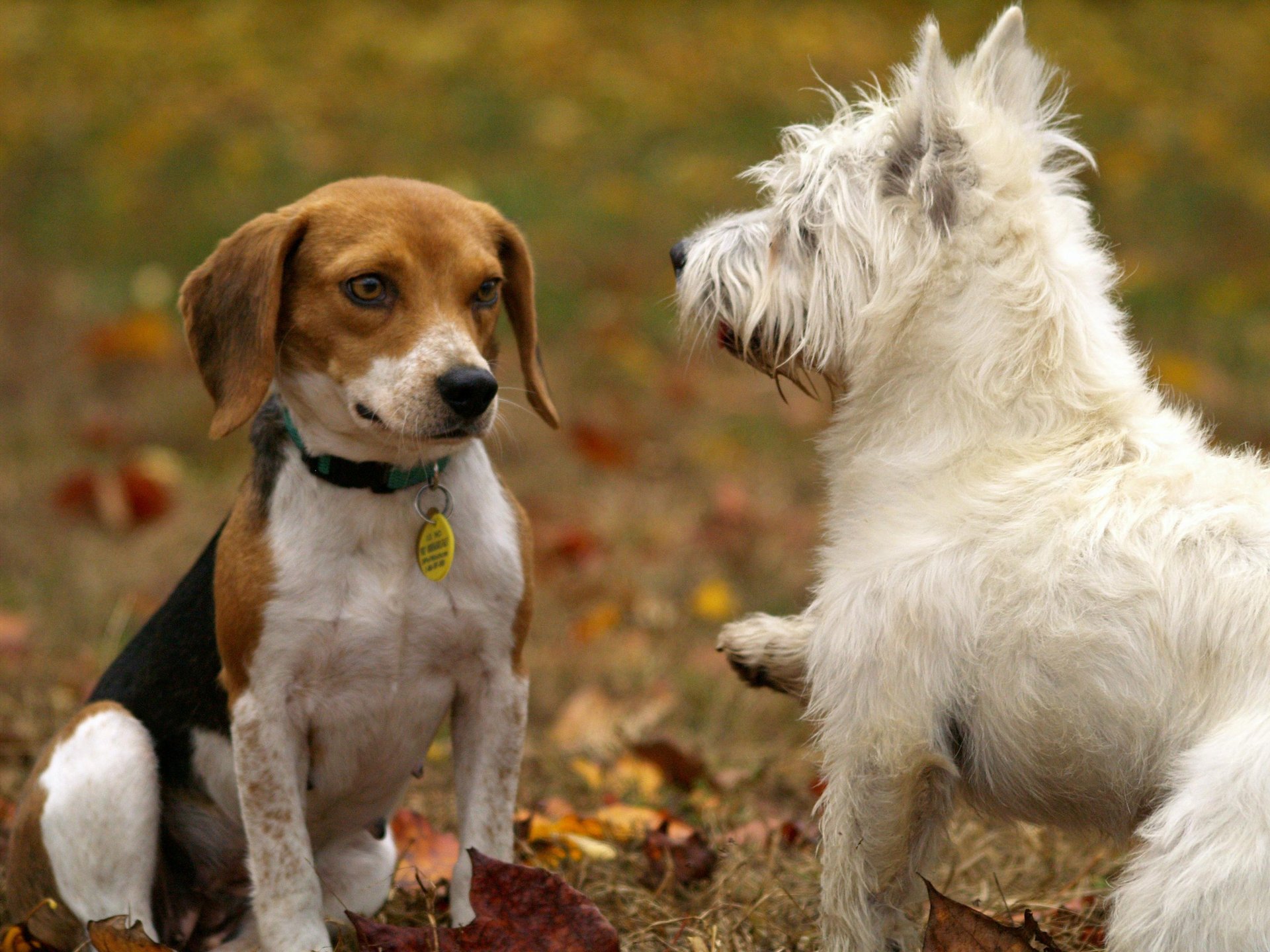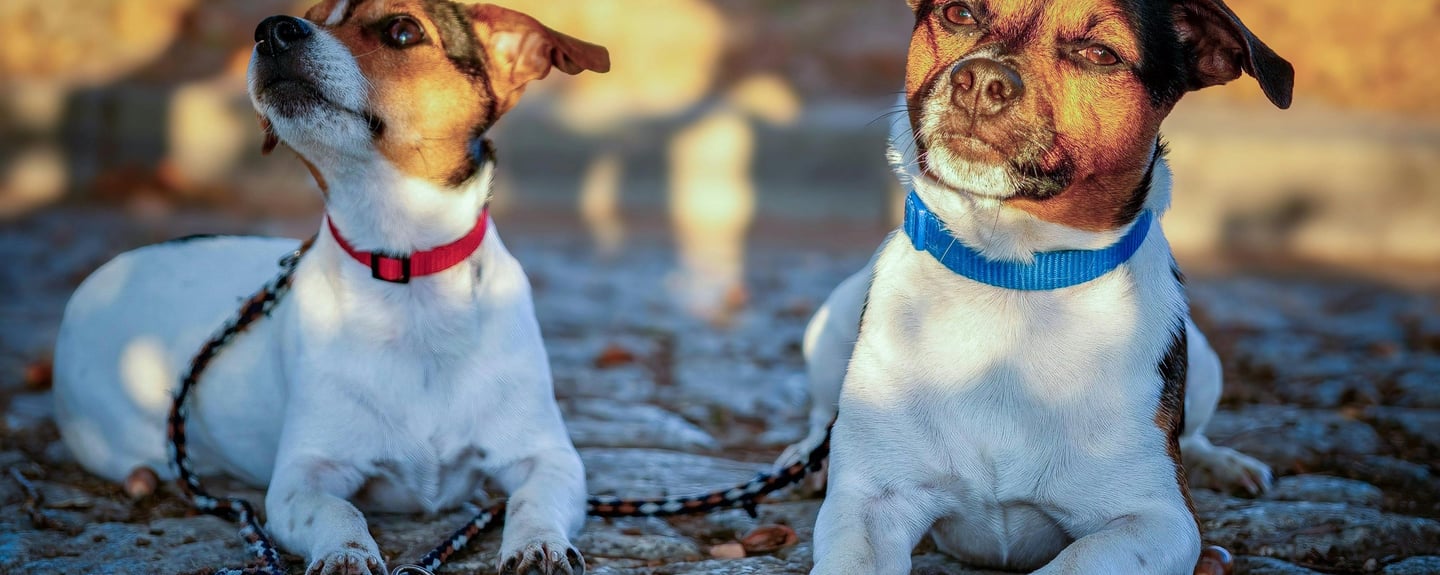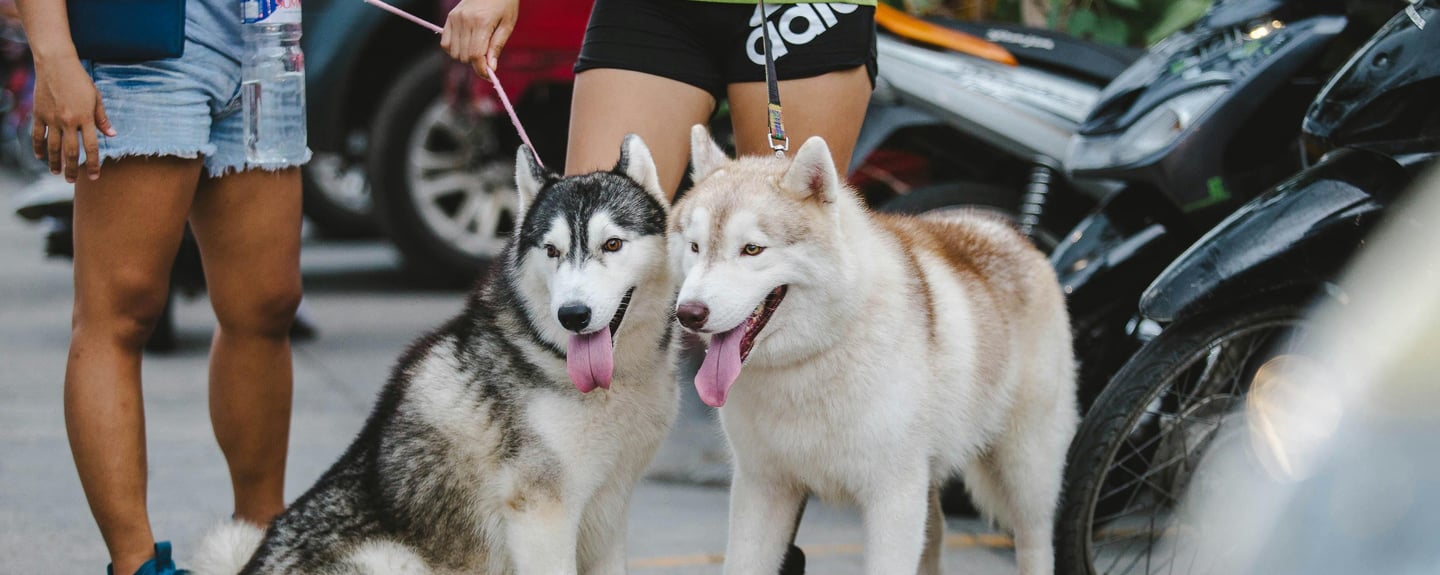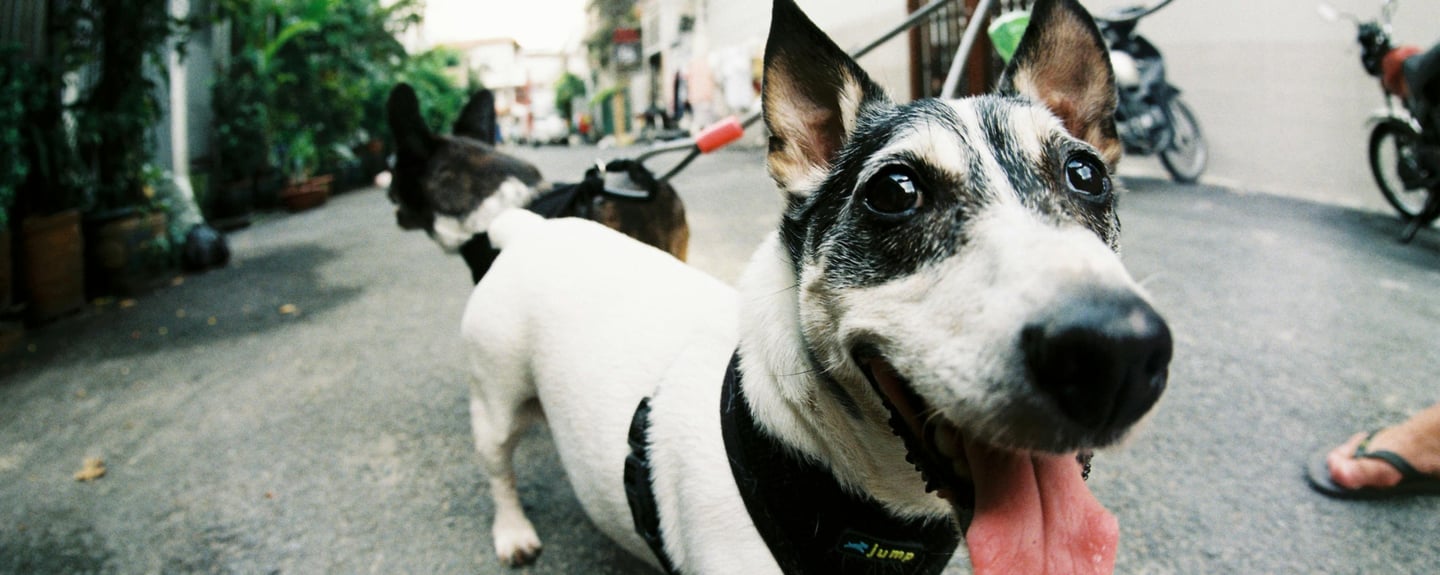Guaranteed Comfort and Complete Care for Your Pet.

Five Tips For Introducing a New Puppy To an Older Dog


First impressions matter when introducing a new puppy to an older dog. One bad moment can affect their behavior for months. Puppies push boundaries and demand attention, while older dogs may feel stressed or territorial. The risk of conflict rises quickly, especially indoors. In Dubai, limited space and shared living areas make calm introductions even more important. Pets must learn to share their environment peacefully to avoid daily tension. If you're unsure about your dog’s readiness to meet a new pup, schedule a checkup at a reputable vet clinic Dubai to assess their health and temperament first. Introducing a puppy to older dogs or introducing a new dog to a jealous dog takes planning and patience.
Tip 1: Prepare Before Introducing a New Puppy To an Older Dog
Start the process of introducing a new puppy to an older dog with careful planning. Choose a neutral location, such as a quiet park or empty street. This helps reduce territorial behavior and creates a calmer setting. Keep both dogs on leashes at first, but leave enough slack to avoid tension. Let them approach each other slowly, allowing time to sniff and observe without pressure.
Make sure you give your dogs time; patience is the key!
Avoid forcing interaction or rushing the process. Some dogs need more time to adjust. Stay calm and reward good behavior with praise. These early moments shape their future relationship. If you’re introducing a puppy to older dogs, patience and space are key. Also, make sure both dogs are current on their dog vaccinations before the meeting to reduce any health risks. This small step helps protect their health and lowers stress for everyone involved. Early preparation sets the tone for a safe and peaceful start.
Tip 2: Manage the First Interaction Carefully
Stay calm during the first meeting, and keep both dogs on loose leashes with plenty of space between them. Use treats to reward calm, friendly behavior. Step in early if you see stiff posture, growling, or a tucked tail. These are signs that one or both dogs feel unsafe. Keep the tone relaxed and redirect gently if play gets too intense. Praise every sign of progress, even small ones. When introducing a new dog to a jealous dog, this step becomes even more important. Jealous behavior can escalate fast without clear boundaries. If the older dog acts withdrawn, aggressive, or shows sudden changes, ask yourself, should you take your dogs to the vet? A quick health check can rule out pain, illness, or other underlying causes. Always end the session on a calm note. That helps both dogs build positive associations and feel more at ease for future meetings.
Don't Force Interaction!
Give both dogs space to explore without pressure. Let them sniff, pause, and walk away if they need to. Rushing the moment can cause fear or aggression. Stay outside in a neutral, open area for their first meeting. Avoid closed rooms, cars, or tight hallways. Those places add stress and limit their ability to move freely. Always allow them to set the pace. This matters especially when introducing a new puppy to an older dog who may already feel uncertain. The older dog needs time to adjust to a different energy level. Keep leashes loose, avoid loud voices, and focus on reading their behavior. That helps them feel safe while building trust naturally.
Tip 3: Establish Boundaries and Routines
Clear boundaries reduce tension when introducing a puppy to older dogs. Give each dog separate bowls, toys, and sleeping spots. That helps avoid conflict and protects the older dog’s space. Always feed them in different areas to prevent resource guarding. Puppies may not understand limits, so supervision is key. Stick to your older dog’s routine. That gives them comfort and reminds them they’re still a priority. Jealousy often grows when older dogs feel replaced. So, stay consistent with walks, meals, and one-on-one time. This step matters even more when introducing a new dog to a jealous dog. Should tension persist or behavior seem off, it’s wise to assess whether you should take your dogs to the vet for further evaluation and peace of mind. It’s better to check early than to ignore signs of stress. Structure, space, and predictability help everyone settle into a peaceful rhythm at home.
Tip 4: Supervise Early Play Sessions
Supervise all early play sessions closely. Puppies often get carried away, and older dogs may run out of patience fast. Step in if play turns rough or if either dog shows signs of fear. Growling, freezing, or backing away are red flags. Stop the session calmly and separate them without scolding or punishing the dogs. Instead, guide them back to neutral. Keep play short and consistent. Frequent breaks reduce stress and prevent frustration.


Over time, your dogs will get comfortable with each other.
When introducing a new puppy to an older dog, it's important to stay in control. In Dubai apartments or during the summer heat, use indoor toys that encourage light movement. Puzzle feeders, tug ropes, and short hallway fetch can keep both dogs engaged without overstimulation. Avoid high-energy games that cause collisions or chase. Structured play helps build a safe bond over time. Always end each session on a good note. That helps both dogs associate each other with calm moments, not chaos or correction.
Tip 5: Look After the Puppy’s Health
Before introducing a new puppy to an older dog, confirm the puppy is healthy and fully vaccinated. Puppies are vulnerable, especially before their shots are complete. Parvovirus spreads quickly and can be deadly if left untreated. Always ask for medical records before bringing a puppy home. Keep them separate until your vet confirms they’re cleared for contact. Older dogs may carry viruses without symptoms, which puts young pups at serious risk.
Before bringing a puppy home, it’s vital to confirm they’ve received core dog vaccinations. If symptoms like vomiting or diarrhea appear, seek parvo treatment for dogs immediately; early intervention is life-saving. Health checks also help rule out parasites and infections that could affect both dogs. A clean start leads to a safer bond. Early care protects everyone and gives you peace of mind. Keep safety first while building a healthy relationship between the dogs in your home.


Your dogs health should be the priority at all times.
Ask for Expert Advice
Introducing a new puppy to an older dog takes time, patience, and steady attention. Some dogs adapt in days, others need weeks. That’s normal. Don’t compare your progress to anyone else’s. Instead, focus on your own dogs and how they respond. Each one has different limits, and forcing things too fast creates setbacks. Watch their reactions during meals, play, and downtime. Stay calm and consistent with your approach. Repeat the same routines daily to create a sense of security. If you notice signs of tension, don’t ignore them. Reach out to a professional trainer or behaviorist early. Expert advice can prevent bigger problems later. It’s better to act soon than to correct mistakes after they grow. Support is always available at Petland Wellness Dubai, so don't hesitate to call us. You’re not expected to handle everything alone. Keep building trust between your pets, but know when to step back and ask for help.
FAQ
How long does it take for a new puppy and an older dog to get along?
It varies. Some dogs adjust within days, while others may need weeks. Stay patient and consistent, and supervise all early interactions.
Should you take your dogs to the vet before introducing them?
Yes. A health check helps ensure both dogs are fit and safe to interact. It also rules out illness or hidden pain.
What’s the best way to handle jealousy in older dogs?
Stick to their routine. Give them one-on-one time. Use positive reinforcement. Never punish them for showing discomfort.
Can the dogs meet indoors first?
It’s better to start in a neutral, open space. Avoid confined areas during the first meeting to reduce stress.
What if the older dog growls or snaps at the puppy?
Stay calm. Separate them, then try again later. If it happens often, seek advice from a professional dog trainer.

